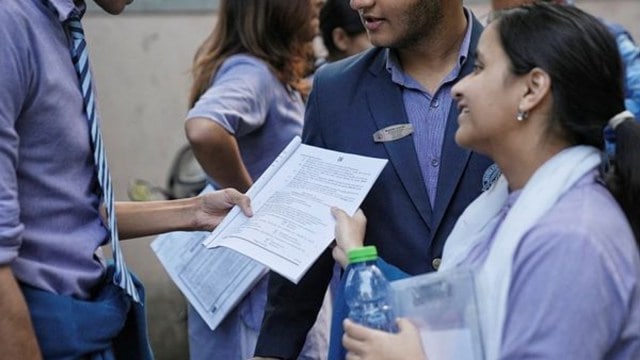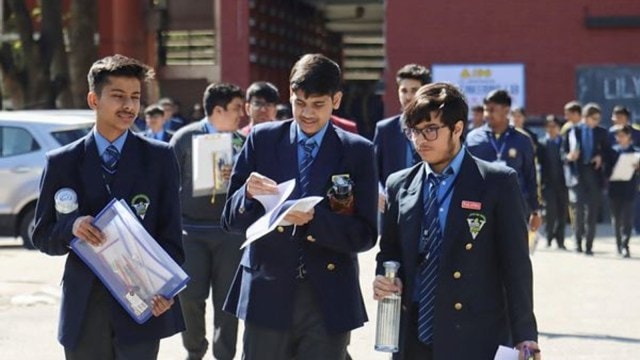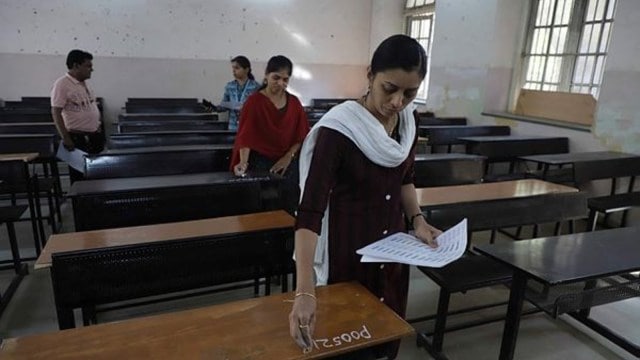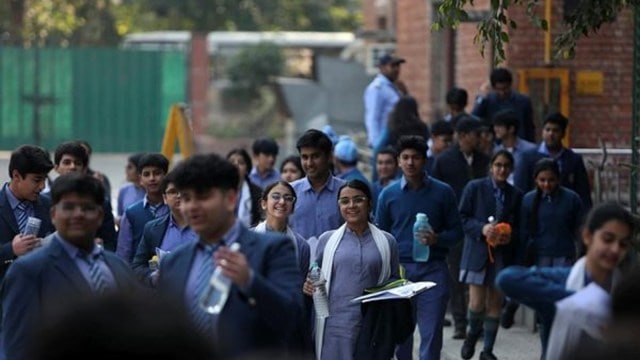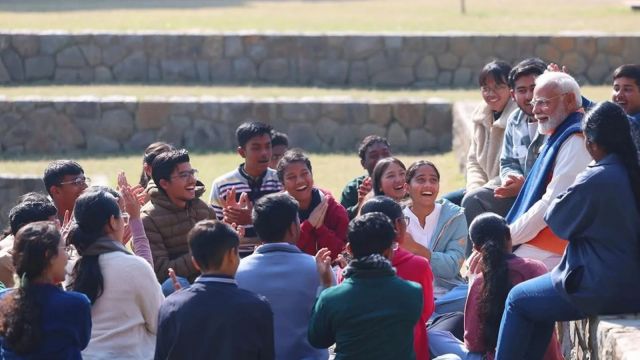
Knowledge nugget of the day: Maori HakaSign In to read
Why is the Haka dance performed? What are the other popular Haka? Take a look at the essential concepts, terms, quotes, or phenomena every day and brush up your knowledge. Here’s your knowledge nugget for today.
(Relevance: UPSC keeps asking questions about art and culture, with dance being one of the important components. In this regard, it is important to know about any dance form that is news and its cultural significance.)
Hana-Rawhiti Maipi-Clarke, a 22-year-old Maori Party MP, performed a powerful Maori haka in parliament in protest of a contentious Bill, that video has now become viral. This led to the temporary suspension of the Parliament on November 14. The traditional dance was a protest against the Treaty Principles Bill that aimed to redefine the Treaty of Waitangi.
1. The haka is of deep cultural significance to Maori identity and is traditionally performed by warriors on the battlefield or to welcome another tribe. According to New Zealand Tourism’s website, haka “was a show of physical prowess but also an embodiment of cultural pride, strength, and unity.” It is usually performed in a group and involves chanting, dramatic facial gestures, hand movements, and stamping the feet.
2. Most recently, the haka made global headlines in 2019 when students from various schools – including non-Maori ones – paid tribute to their peers who died in the Christchurch shootings through it.
3. The Haka traces its roots to the Maori people, the indigenous Polynesian inhabitants of Aotearoa (the Maori name for New Zealand). Traditionally, the haka was a ceremonial dance or challenge performed by warriors before battle. It was designed to intimidate opponents with synchronised movements, powerful chants, and piercing expressions.
4. Beyond warfare, the haka also served as a means of storytelling, a way to express communal grievances, celebrate triumphs, or honour ancestors. The chants, or waiata, convey deep messages about Maori heritage, values, and connection to the land.
5. The haka is not a single dance but a category of performances. The most well-known haka, Ka Mate, was composed in the early 19th century by Maori chief Te Rauparaha of the Ngāti Toa tribe. The lyrics comprised of “Ka mate, ka mate! Ka ora, ka ora!” (“I die, I die! I live, I live!”) which celebrates a narrow escape from enemies, blending themes of resilience and unity.
• Ngeri: A short haka without set actions, often used to stiffen the sinews and uplift the spirit.
• Pōwhiri: A welcoming haka performed during formal greeting ceremonies.
• Manawa wera: A haka performed at funerals or memorials to express grief.
6. The All Blacks, New Zealand’s rugby team, has performed the haka before each match for nearly 120 years. The tourism website says the routine gives the team “a psychological edge and elevates their heart rates above their opponents, who must stand and watch.” But traditionally, the haka has been done to show “cultural pride, strength, and unity.”
1. International Dance Day is annually on April 29 to commemorate the birthday of Jean-Georges Noverre, the father of modern ballet.
2. This day was first founded in 1982 by the Dance Committee of the International Theatre Institute (ITI), in collaboration with UNESCO Performing Arts, with an idea to celebrate the beauty and diversity of dance and recognise its ability to transcend cultural barriers and bring people together.
Here are 5 folk dances of India which are lesser-known, according to the experts:
(Source: What is the Maori Haka dance, Why New Zealand lawmakers staged a ‘haka’ against a divisive Bill)
For your queries and suggestions write at khushboo.kumari@indianexpress.com
Subscribe to our UPSC newsletter. Stay updated with the latest UPSC articles by joining our Telegram channel – IndianExpress UPSC Hub, and follow us on Instagram and X

 Posts
Posts Sign up as a Teacher
Sign up as a Teacher